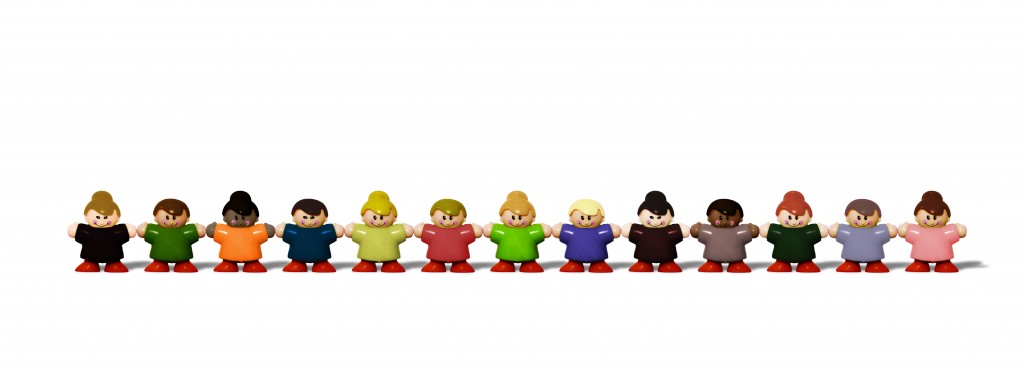by Sharon Wood
Supply teachers can have a hard time. A lot is expected of you as you walk into a strange room, in a strange location, full of strangers! There are many ways to help your day in the alien environment run more smoothly and effectively, and learning the names of the aliens, enhancing communication with them, is one of the best. Read on for top tips.
I have found over the years that nothing leaves a better impression with support staff (and therefore teaching staff!) than me having learnt all the children’s names by first break. I’ve got it down to a fine art now.
It makes an enormous difference to the effectiveness of my voice when I am able to tag the name of a child onto the end of a sentence. Teaching becomes easier, therefore I am more enthusiastic, therefore the children are more enthusiastic, and more learning takes place.
If you know the names of the children, marking work at the end of the lesson/day becomes much more effective too. Use the child’s name when marking, and remark on how well they contributed in the class discussion etc.
Below is a garbled list of things that I do, some stand by themselves, some needing support from the others.
- Arrive early enough not only to read the lesson plans for the day, but also early enough to get a grip on the classroom layout and to find and use all evidence of children’s names within it.
- Collect the register early, and read it, and read it again.
- Look at the names of the children on coat hooks/locker doors/drawers.
- Look at the star charts, who has the most/least, and do they have teams/table names? It’s easy to learn the group/table names before the children come in and use them effectively.
- Often younger children will have photographs on the wall, especially in the autumn term, with their names, giving, for example, a character trait/favourite book.
- Aim to learn the names of five children as they walk through the door, introduce yourself, ask them their name, and commit it to memory (use alphabet/numerical help, physical attributes etc.)
- Aim to learn another five, and revise those first five, while the children settle down in their chairs. These next five must be seated apart from each other – i.e. one from each table. If you arm yourself with the name of one child per table, you can then address each table separately – ‘Can the children continuing their conversation above me on Rita’s table, please stop now!’ To get a hold of this second lot of names, look at the drawers/coat hooks etc., that they go to, and ask to look at their book as they settle down at their table.
-
Listen to the children. You will hear another five before you take the register just by listening to the first ten children you have addressed. They will say things like ‘I haven’t got my reading log, I left it at Tom’s house last night,’ whilst pointing in Tom’s direction.
[bctt tweet="Top tips for learning children's names? #supplychat"]
- Do not pressure yourself into learning any more during the register. Simply use that time to confirm the 15 you now hold in your head. Ask the children to put their hand up when you call their name, before they answer you. Look directly at the child and, after they have said ‘Good Morning Miss,’ you say ‘Good Morning Joe.’ Take in the face of that child now sat in their correct place.
- Repeat the child’s name every time you talk to them, until you know you know it.
- When you’re going round the class, red pen in hand, look at the front of the child’s book when you get to them, it’s always got their name on… and use it while you’re talking to them about their work.
- Test yourself, and let the children know that that’s what you’re doing. At break time/lining up for assembly, let them know you’re about to give yourself a test, get them to stand behind their chairs, and they can only line up if you know their name. They love this game! Make an extra effort to communicate with the children you couldn’t name, after assembly.
